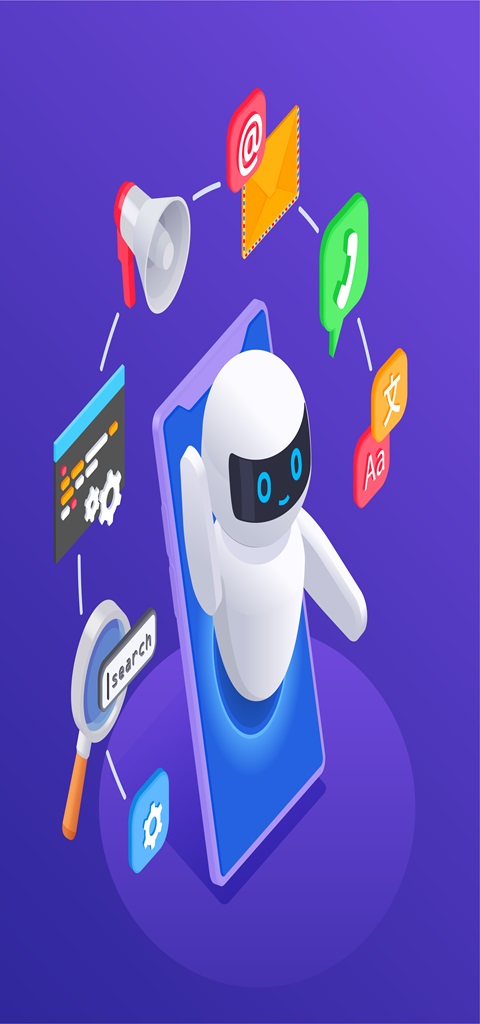Our client, one of the largest US retailers, faced difficulties with their chatbot for customer service. Ineffective prompts resulted in low customer satisfaction and a greater-than-expected number of tickets. With a thorough, quick optimization effort, the company has improved the chatbot’s performance, which resulted in increased customer satisfaction, decreased support costs, and improved operational efficiency.
The Challenge
Low Customer Satisfaction: Most customers were unsatisfied with the chatbot’s experience, which led to low feedback and decreased engagement.
High Unresolved Support Tickets : The chatbot could not answer many queries, resulting in many tickets needing support staff manual intervention.
Inefficiencies in the Chatbot’s Response: The chatbot was frequently able to provide irrelevant responses to the customer’s question, which reduced the efficiency of the software.
Increased Operational Costs: The necessity to recruit and retain more customer service personnel to deal with unresolved issues significantly increased the company’s cost of operations.
Our Approach
A3Logics implemented a complete quick optimization plan to overcome the issues identified. The process consisted of the following essential steps:
- Analyzing and Diagnosis: The chatbot’s current performance was analyzed in depth to identify areas for improvement and discover common customer pain points that hindered its performance.
- Data collection: A vast amount of data was gathered through customer chatbot interaction, focusing on failed and successful queries to understand the root causes better.
- Prompt Engineering: The optimized prompts were designed to enhance the chatbot’s ability to comprehend the customer’s queries and provide more precise, relevant responses. This included:
- Refining existing prompts to provide more clarity and simplicity.
- Implementing context-aware prompts to better manage unclear or ambiguous queries.
- Implement fallback prompts to support non-supported queries and guide customers in answering their questions more efficiently.
- Test and Training: The chatbot was taught using data collected and new, optimized prompts and then rigorously tested to ensure better performance in real-life interactions.
- Continuous improvement: A feedback loop was set up to monitor the chatbot’s performance over time, allowing for continuous iteration and improvements based on the latest information and feedback from customers.

The Solution
A3Logics used the solutions below in its rapid optimization strategy:
Refining Existing Prompts: The prompts already in use were improved to increase their clarity and precision and assisted the chatbot in understanding customer questions.
Context-Aware Prompts: Context-aware prompts were created to efficiently handle unclear and clear queries and ensure the chatbot can provide relevant answers in response to the current conversation’s context.
Implementing Fallback-Related prompts: The Fallback prompts were designed to help with queries that are not supported, direct customers to alternative solutions, or escalate problems to human agents if necessary.
Training on Optimized Prompts: Chatbots underwent instruction using optimized prompts, which used historical data to boost their ability to learn and respond.
Rigorous Testing: Extensive testing was conducted to evaluate the chatbot’s performance in different situations and ensure that the customized commands resulted in precise and appropriate responses.

The Results
- 30% increase in customer satisfaction
- 40% decrease in volume of unsolved support tickets
- 50% improvement in accuracy and relevance of the chatbot’s response
- 25% reduction in the need for additional customer support staff



